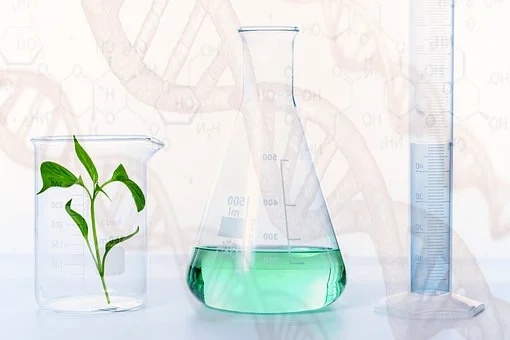Scientists in Spain might have found a way to convince the public that GM products are not only safe for human and animal consumption, but bring economic, environmental and health benefits, according to their risk-benefit analysis results.
The analysis established public acceptance of GM crops boils down to two main factors: one, the belief that GMOs are ineffective and two, emotional concerns. The group says limited data of long-term effects from consuming GM crops, paired with the potential of toxicity, allergies and gene transfer make some people hesitant to accept GMOs are safe.
Despite the ongoing skepticism associated with genetically modified crops, the Spanish study found that the public is slowly moving towards trusting the science behind GMOs.
While the topic of GMOs can be a polarizing, malnutrition still rings in as one of the leading factors for negative health consequences and death across the world.
How are GMOs Beneficial to a Growing Population with Increasing Food Shortages?
The world population is predicted to reach 9.8 billion by 2050, says The World Population Prospects: The 2017 Revision published by the United Nations Department of Economic and Social Affairs.
Two billion people are deficient in at least one micronutrient, nearly 820 million people are starving per year and 26.4 percent of the population are affected by some degree of food insecurity, according to a recent United Nations report.
Spanish scientists believe their analysis proves that, “only molecular biology approaches and genetic engineering tools are realistic food shortage solutions for the world’s ever-growing population.”
GM crops have been proven to produce a higher crop yield without additional land, lower farm costs, increase farm profits and manufacture a greater abundance of nutritious food says The International Service for the Acquisition of Agribiotech Applications (ISAAA) in a question-and-answer session.
GMOs have also helped decrease insecticide use and lower greenhouse emissions, resulting in economic advantages across the globe.
Read the full risk-benefit analysis here.
What Would Life Without GMOs Look Like?
Increased prices and a rapidly declining environment are just a couple of the realities of a world without GMOs, according to a study completed by professionals in agricultural economics at Purdue University.
“Some of the same groups that oppose GMOs want to reduce greenhouse gas emissions to reduce the potential for global warming,” explains Wally Tyner, an agriculture professor at Purdue University. “The result we get is that you can’t have it both ways. If you want to reduce greenhouse gas emissions in agriculture, an important tool to do that is with GMO traits.”
Data gathered on 18 million farmers across 28 countries that planted around 181 million hectares of GMO crops was put through Purdue’s GTAP¬≠BIO model. Tyner and his colleagues at Purdue University found that eliminating the GMO crops would decrease corn yields by 11.2 percent, soybeans five-point-two percent and cotton 18.6 percent.
“If in the future we ban GMOs at the global scale, we lose lots of potential yield,” states Farzad Taheripour, a research associate professor of agricultural economics at Purdue University. “If more countries adopt GMOs, their yields will be much higher.”
Read More About GMOs and Increasing Food Shortages:
Unless Corrected, The Erosion of Science Will Mean More Empty Plates
Mandatory GE Labeling Starts Jan. 1. What Do You Need to Know?
GE Labeling Gives Consumers a Reason to Trust
Unlock the Power of Social Media to Communicate Science Literacy











